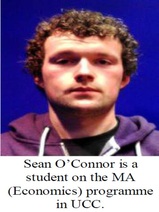
However, while financial information on clubs is generally easy to access, information on national associations’ performance generally goes undocumented, at least in a comparable sense. Fortunately a large level of information on national associations’ financial performance is readily available and with this in mind I’m going to examine a number of financial measures for the football associations of England, Wales, Scotland, Northern Ireland and the Republic of Ireland from 2003-2012
Turnover or revenue highlights monies received by each association from ticket sales, sponsorship deals, television rights, qualification for tournaments etc. Although all associations are generating a greater level of turnover in 2012 than that recorded in 2003 (or 2006 for Northern Ireland), none can match the capabilities of England. This is no surprise when you factor in the revenue streams that the FA has to call upon in comparison with the other associations. Qualification for major championships, multi-million pound sponsorship deals with Budweiser, Vauxhall as well as the TV rights to the FA Cup mean England are a juggernaut with regards to revenue generation. Surprising is Ireland’s impressive performance on turnover throughout the period. A doubling of revenue in the FAI from 2003 to 2012 is a significant achievement given the interim period didn’t see the nation qualify for a major tournament (they did qualify for the European Championships in 2012), which usually brings with it increased sponsorship revenue.
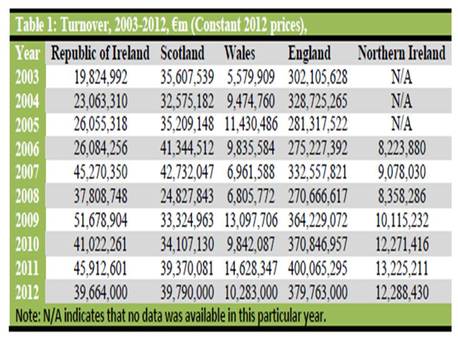
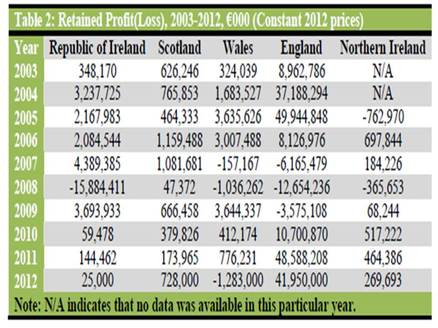
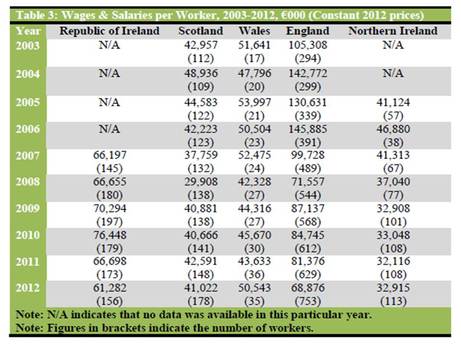
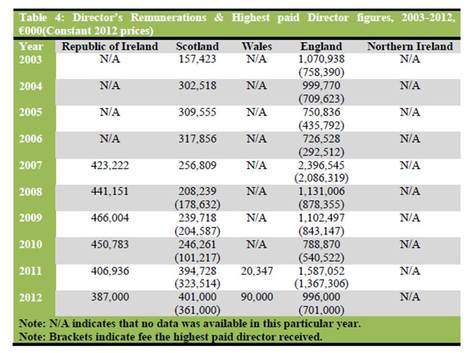
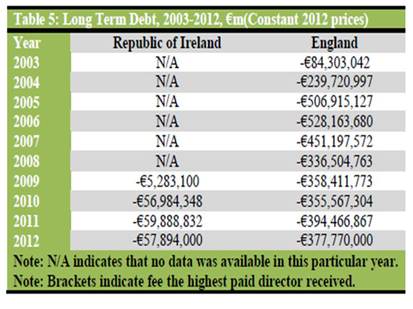
 RSS Feed
RSS Feed